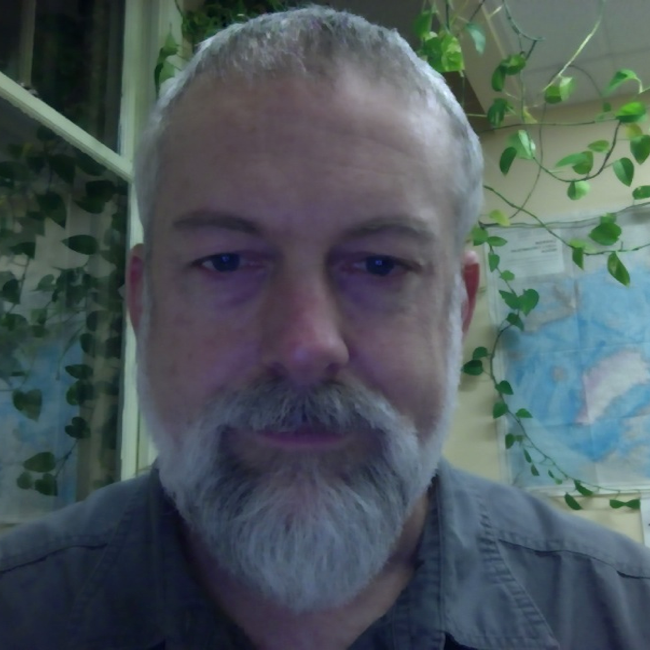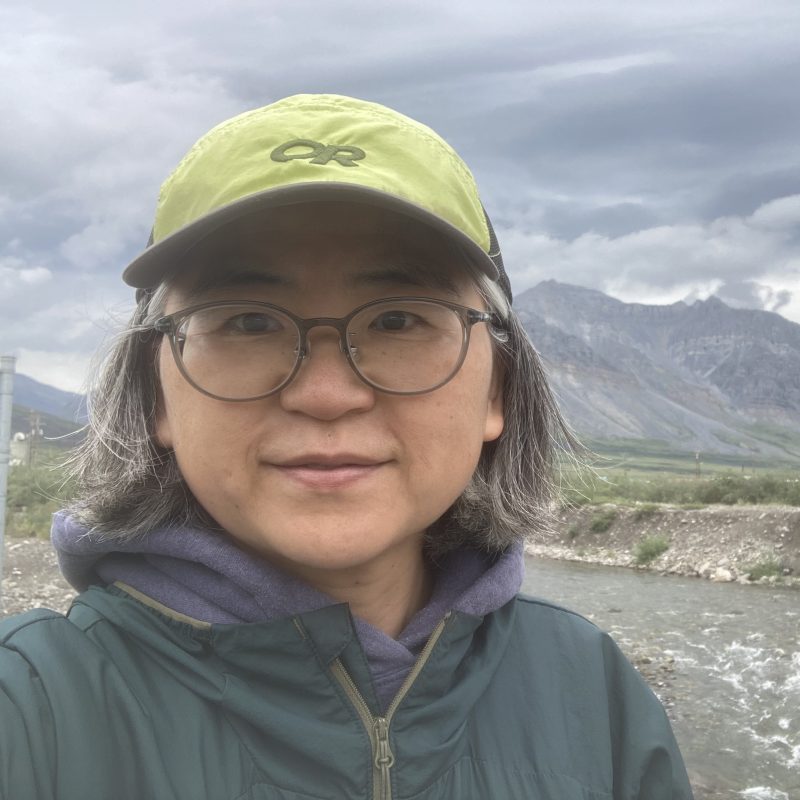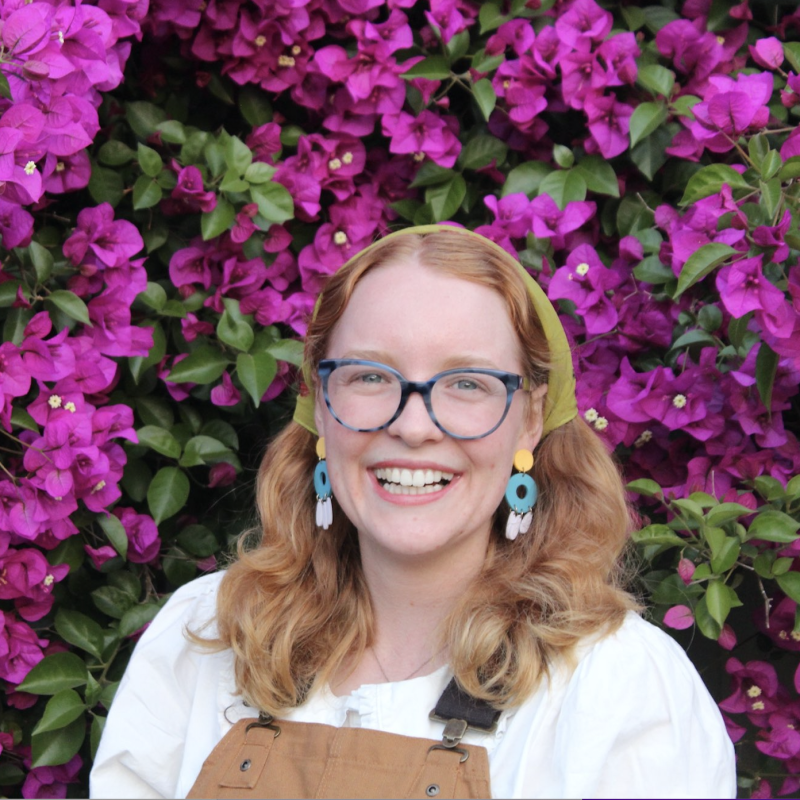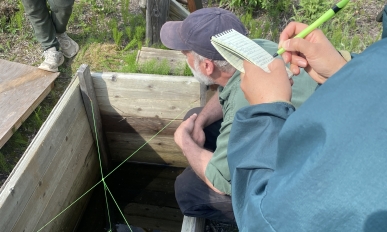Changes in Underground Food Storage Traditions: Exploring Food Life-History and Food Security in Beringian Communities
The proposed research is an effort to understand underground food storage traditions and practices surrounding the “life-history” of food in Beringian communities, and the changes to these traditions due to culture change and climate change. It is fundamentally a research concerning food security and food sovereignty in Indigenous Beringian communities. We take an anthropology-based social science approach, alongside climate science and earth science approaches, to 1) investigate the use of underground cache practices in the Arctic communities in the past and present, and 2) to document local concerns regarding the harvesting, sharing, and consumption of local foods in response to thawing frozen ground and socioeconomic changes. The primary objective is to document past conditions and current challenges surrounding food security, and to develop locally informed strategies to address these challenges.





